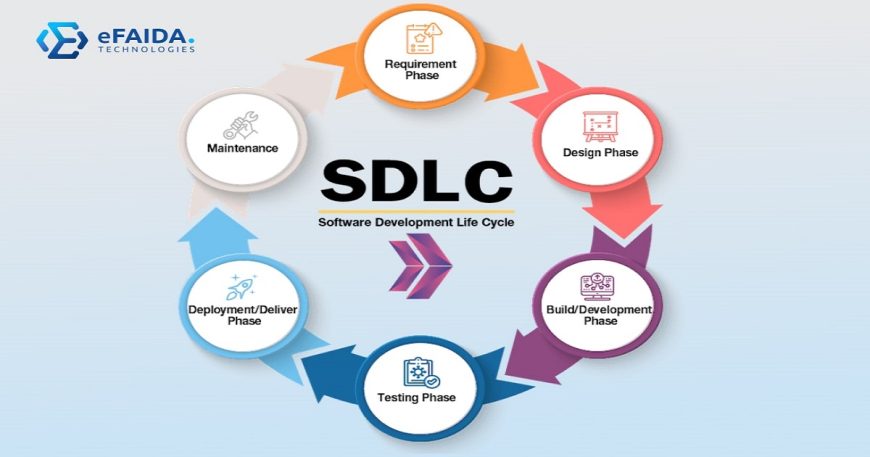Introduction
The mobile app testing stage is the most critical phase of the lifecycle of mobile app development to check the app against the quality standards and the required functionality. In this phase, the product or service is being tested in many ways. There are bug fixes and quality assurance processes too to solve any problems before the app is released. The following is going to cover the fundamental aspects of the test phase and give emphasis on each of them.
1. Types of Testing
Functional Testing: Functional testing aims at ensuring that the app functions according to the needed requirements and the set specifications. This involves checking individual functions, features, and interfaces as well as a myriad of test cases during the development stage.
Usability Testing: The usability testing assesses the usability of the app interface and overall user experience. It is about engaging potential customers in using the app to identify usability problems and obtain feedback for improvements.
Performance Testing: Performance testing assesses how the app works under different conditions, e.g., whether multiple users are affected, or when various types of devices are used. Besides that, it also pinpoints any performance issues that need to be fixed urgently.
Compatibility Testing: Compatibility testing is the practice of checking whether your app functions properly on various devices, operating systems, and browsers. This is essential for users’ experience improvement across different devices.

2. Bug Fixing
Identification of Bugs: When this testing phase is complete, all the bugs and problems are documented in a log file. Developers thus resolve serious issues or features that affect the app’s functionality first and then go for others.
Resolution of Bugs: Developers fix any bugs found by changing the codebase, configuration, or the app’s design. Following that, they re-run the app after debugging and see whether the bugs have been remedied.
Regression Testing: As a developer, I pinpoint the occurrence of bugs and do regression testing to make sure that the changes have not created any other problems. This may be done by repeatedly passing the entire application through all the tests of its operation.
3. Quality Assurance
Testing Automation: Automation tools are built to automate repetitive testing tasks, as it is very common in Regression tests, to increase the efficiency and effectiveness of the entire testing process.
Code Review: Code Review is used to make sure that the code of the app complies with the code standards and best practices. This enables inequality and problem resolution before the product is developed.
Security Testing: Security auditing involves detecting specific security risks or exposures in the app to ensure enhancement of its security status. Along these lines, the platform should follow these field rules such as SQL injection and cross-site scripting (XSS) testing.
Conclusion
The phase when the mobile app development lifecycle is tested has a big role in making sure the app coordinates with quality standards and works as needed. Via doing multiple tests including bugs such as fixing and quality assurance, the developers will be able to find the problem and fix it, even before it is launched to the app users who will therefore get a positive experience.
FAQs
1. Why is testing important in the mobile app development lifecycle?
Testing being one of the most important measures to make sure that what the application delivers meets the required standards, works well and the user has a pleasurable experience is the driving force. It helps in the identification and fixing of issues way before the app is launched and so shortens the problems associated with the app after its release.
2. What is the difference between functional testing and usability testing?
What is functional testing is doing is it is checking every function and feature separately of an app while usability testing is making sure that the app’s user experience and design are great.
3. How can developers ensure the quality of their mobile apps?
Developers can address the issue of mobile app reliability by complying with the most common rules for example test-driven development, usage of auto-testing tools, and adhering to code standards, and security measures.




